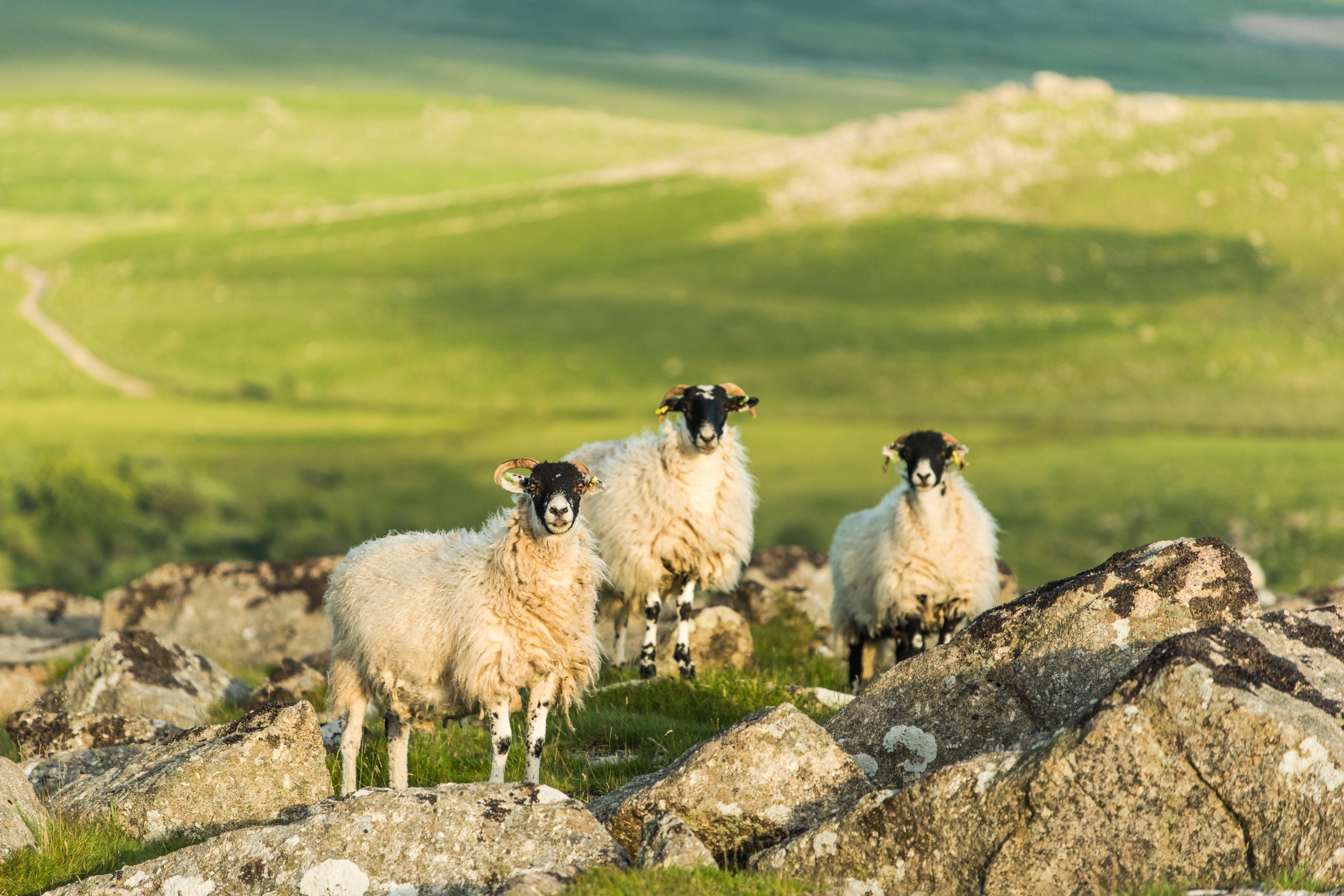
Why Does Merino Wool Cost More?
Merino wool isn’t your typical wool. Sourced from Merino sheep, mainly found in Australia and New Zealand, it is finer, softer, and more breathable than standard wool. That’s not marketing fluff; it’s science. Each fibre is ultra-fine, meaning it bends softly against your skin rather than feeling coarse or itchy.
Top reasons why Merino wool costs more
1. Premium quality fibre
- Finer Microns - Merino wool fibers typically measure 15-24 microns. In comparison, regular wool can be 30 microns or more. The finer the fibre, the softer and more luxurious the fabric.
- Soft to Touch - This fineness makes Merino incredibly gentle on the skin, ideal even for people who usually find wool itchy.
2. Sustainable and ethical farming
Merino sheep require careful farming practices to ensure their health and the quality of their fleece. Sustainable sheep farming involves:
- Land rotation to prevent overgrazing.
- Ethical animal treatment, often certified by third-party standards.
- Minimal environmental impact, compared to synthetic materials.
These factors naturally raise costs.
3. Complex production process
From farm to finished fabric, Merino wool undergoes multiple careful steps:
- Shearing once or twice a year
- Cleaning (scouring) to remove lanolin and debris
- Spinning fine yarns, which requires specialised machinery
- Quality control at every stage
4. Natural performance benefits
- Temperature regulation (keeps you warm in winter, cool in summer)
- Moisture-wicking and odour-resistant properties
- Biodegradable and renewable
With such multi-functional benefits, you’re not just buying clothing, you’re buying performance gear made by nature.
Although Merino wool costs more upfront, it can last longer when cared for properly. Over time, this can offer better value, and even help reduce your water bills, as you’ll find yourself washing it less often.
5. Limited supply
Unlike mass-produced synthetic fibres, Merino wool relies on the natural growth cycle of sheep. Each sheep produces a finite amount of fleece per year, and global demand for Merino wool has steadily increased, especially among outdoor clothing brands. This limited supply, combined with high demand, contributes to its higher price.
A smarter choice in the long run
Merino wool costs more for good reason. Careful farming practices, limited supply, and a complex production process all contribute to its higher price. But beyond the raw materials and craftsmanship, Merino’s natural performance and durability help explain why it’s valued by outdoor and everyday clothing brands alike. Its higher cost reflects the work involved in producing a fibre that’s both functional and responsibly sourced.











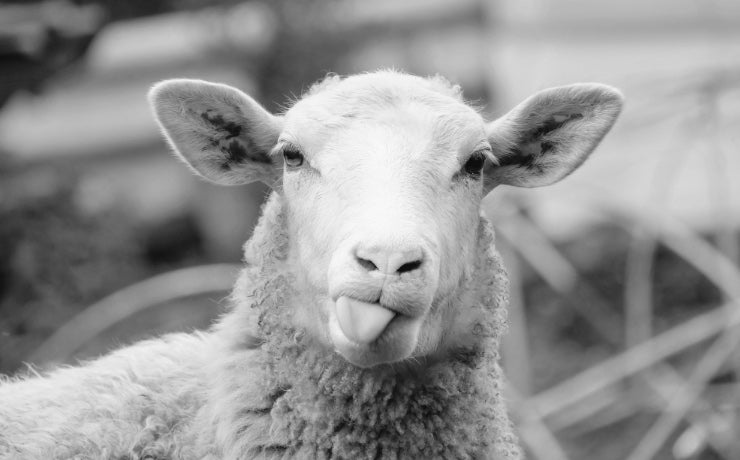
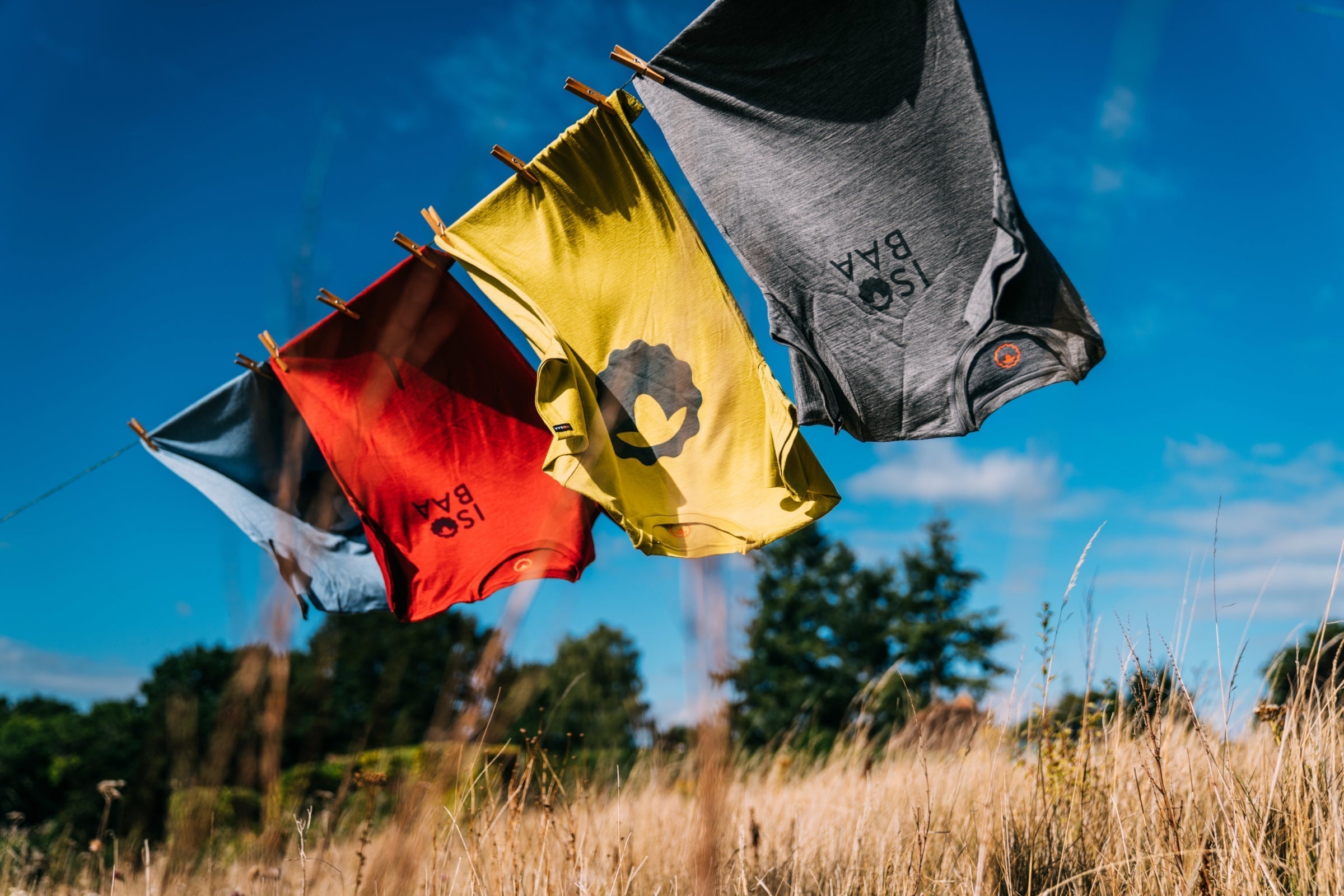





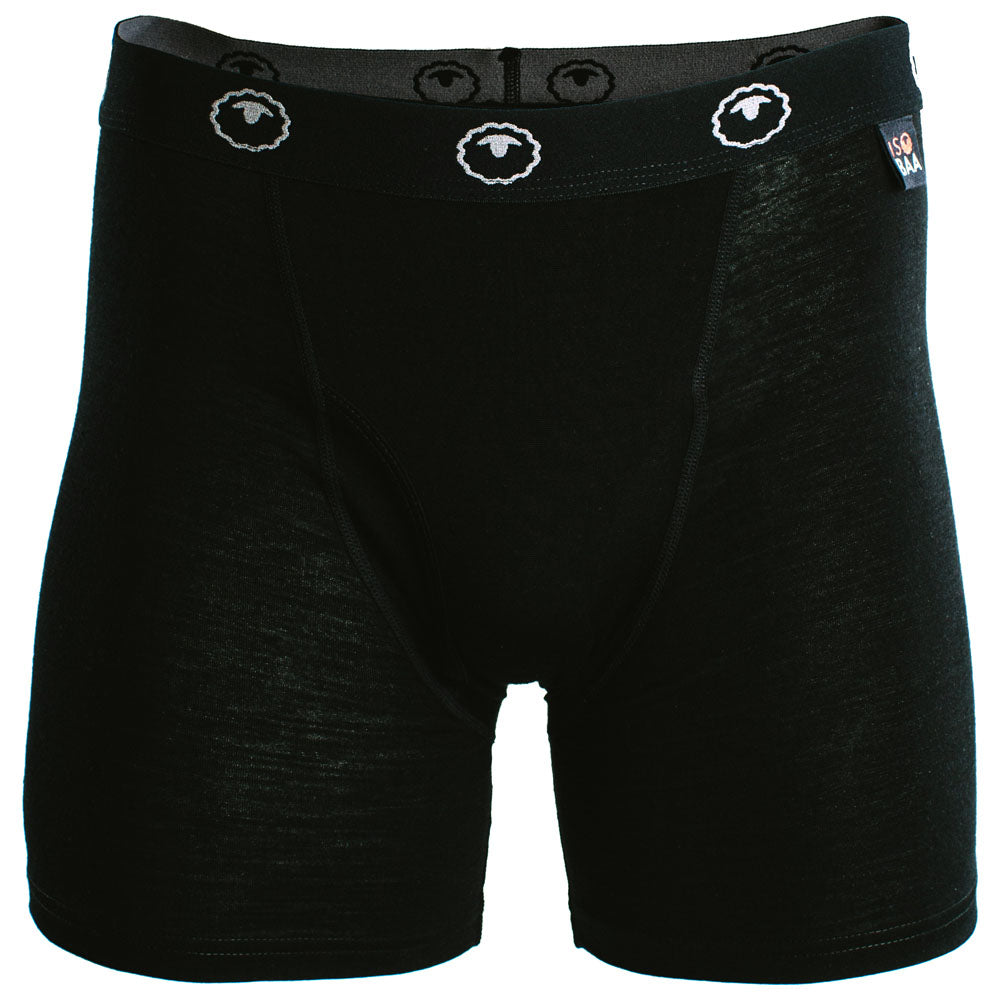



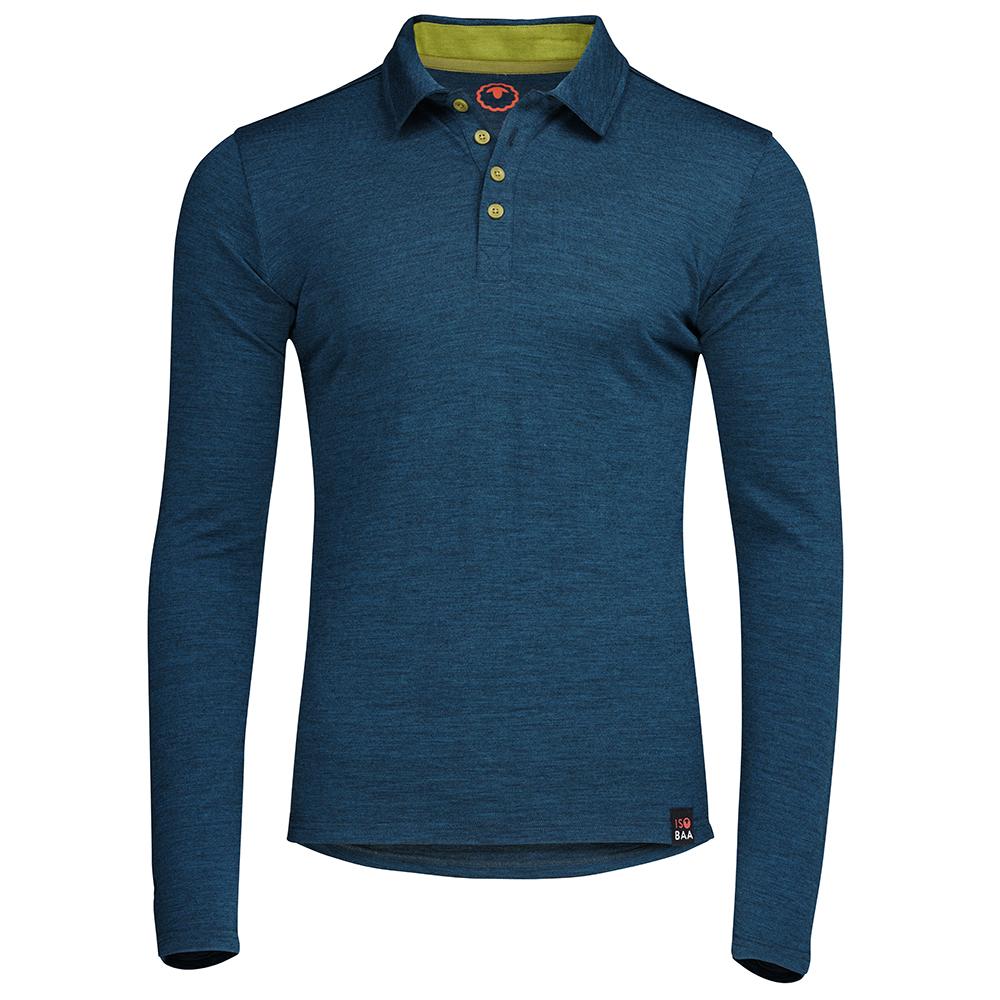

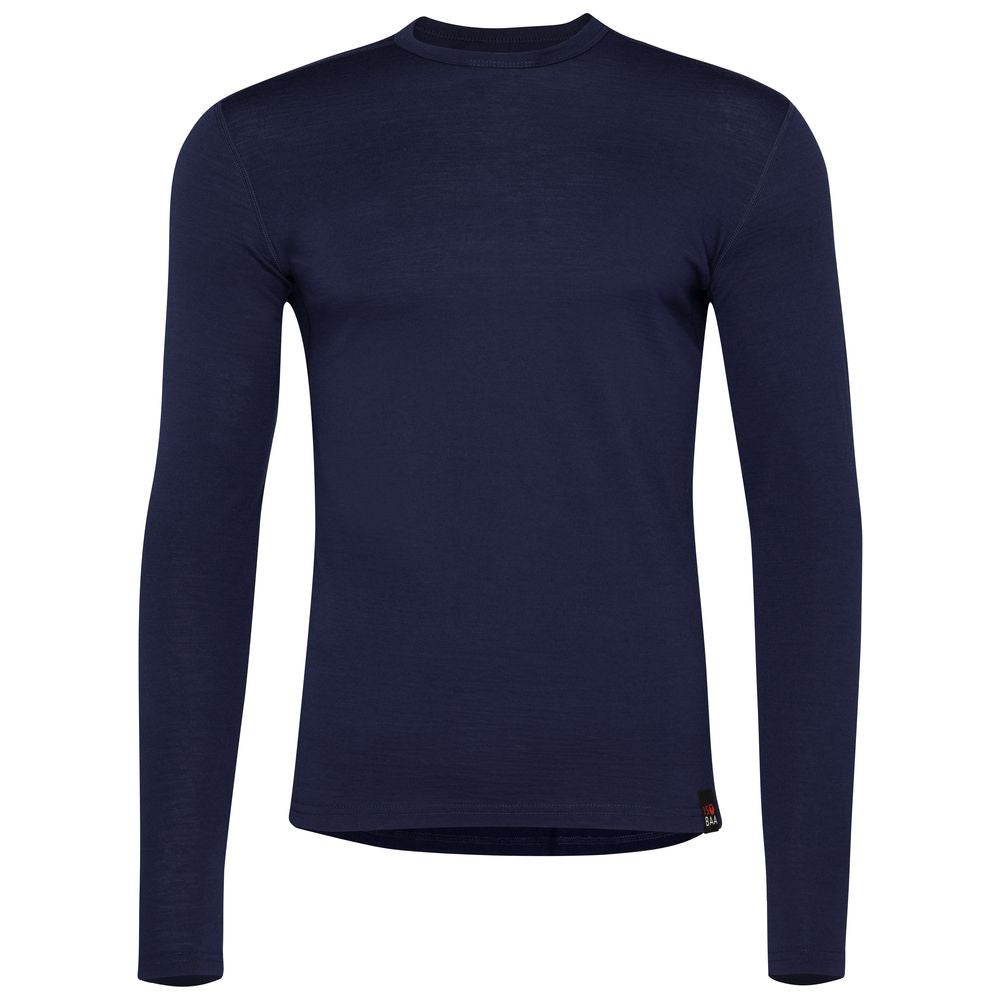

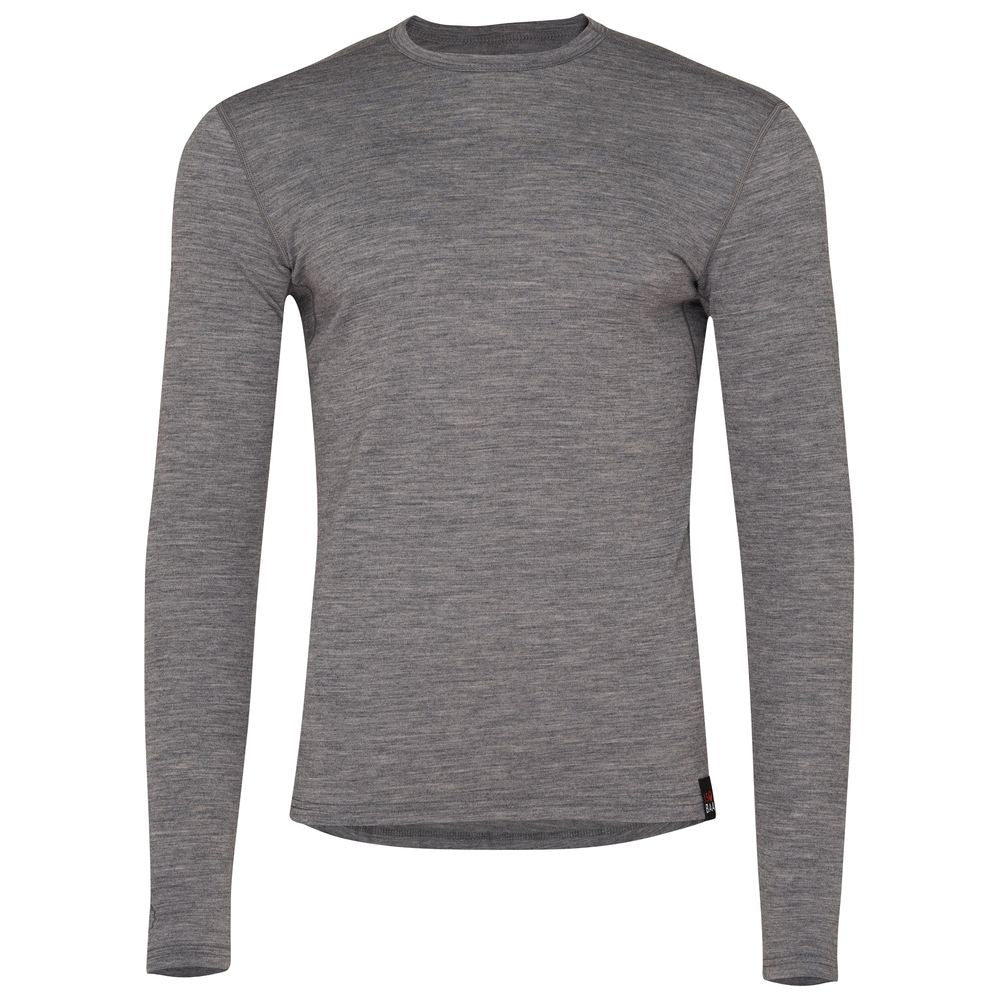

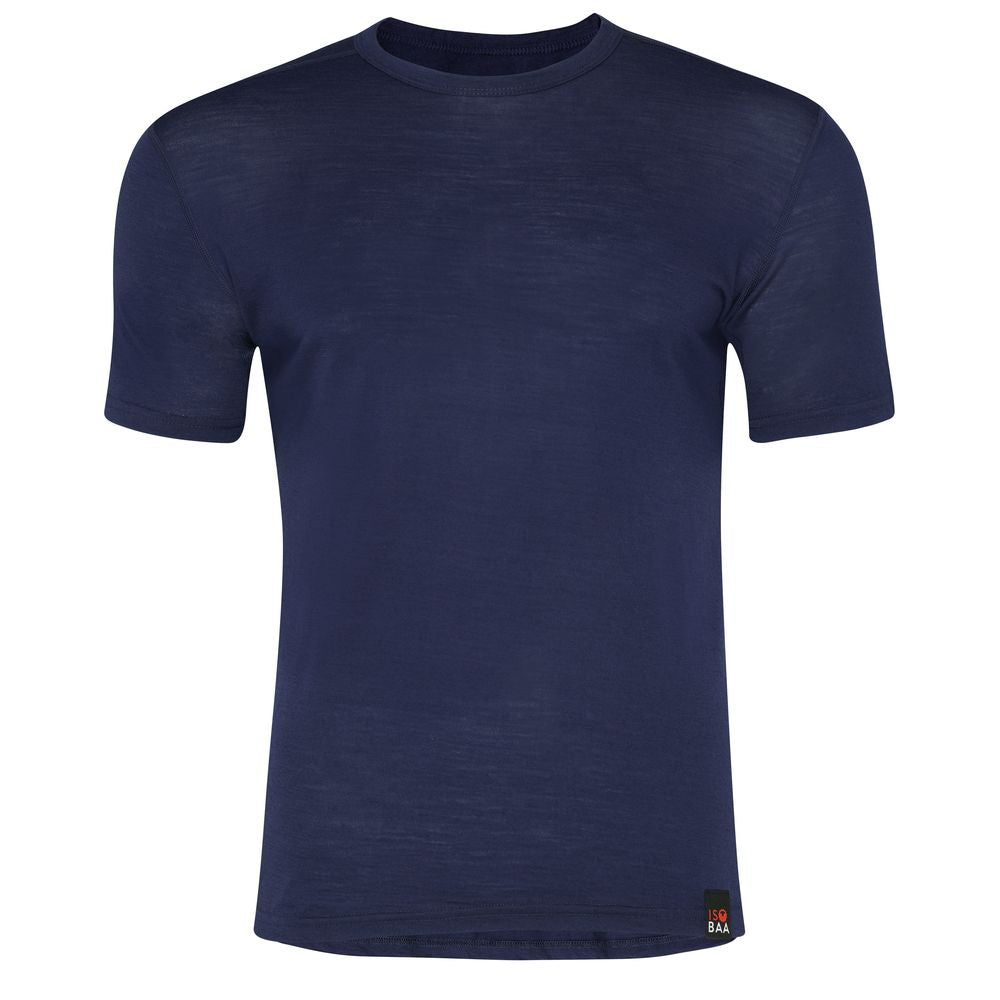

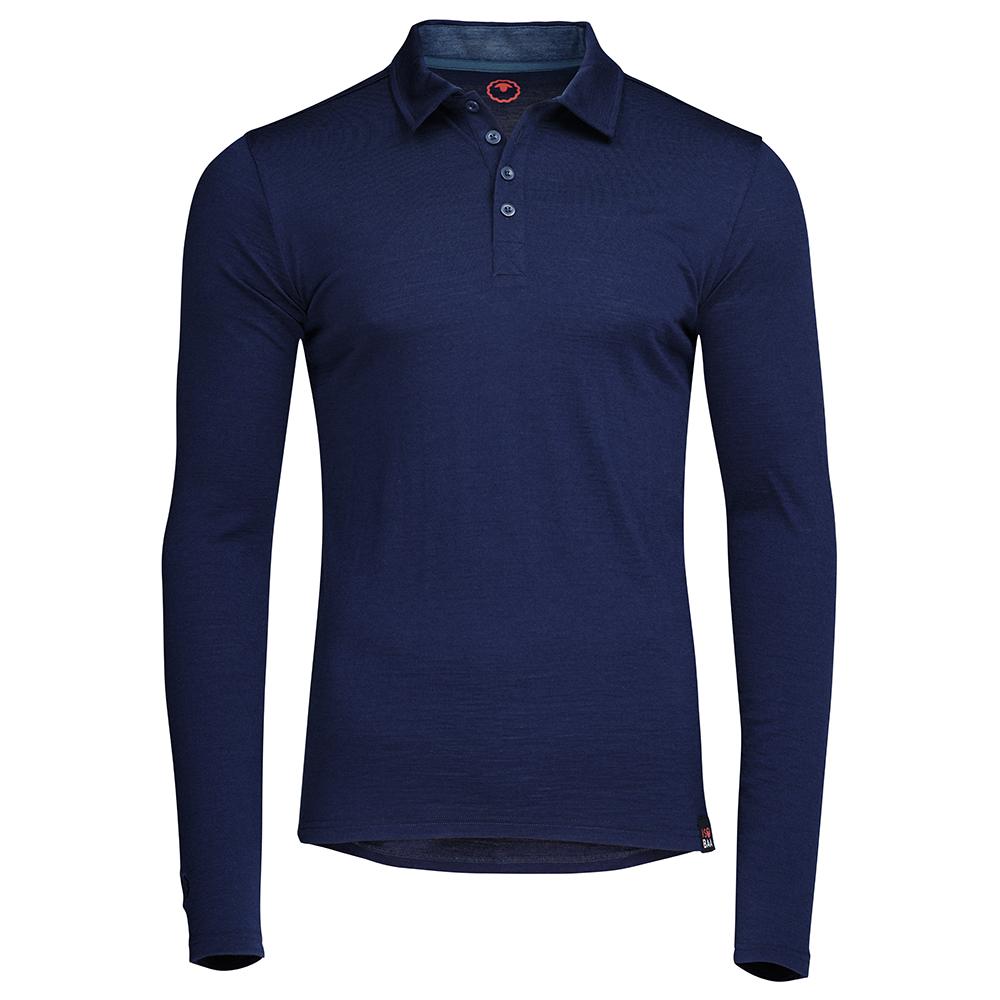

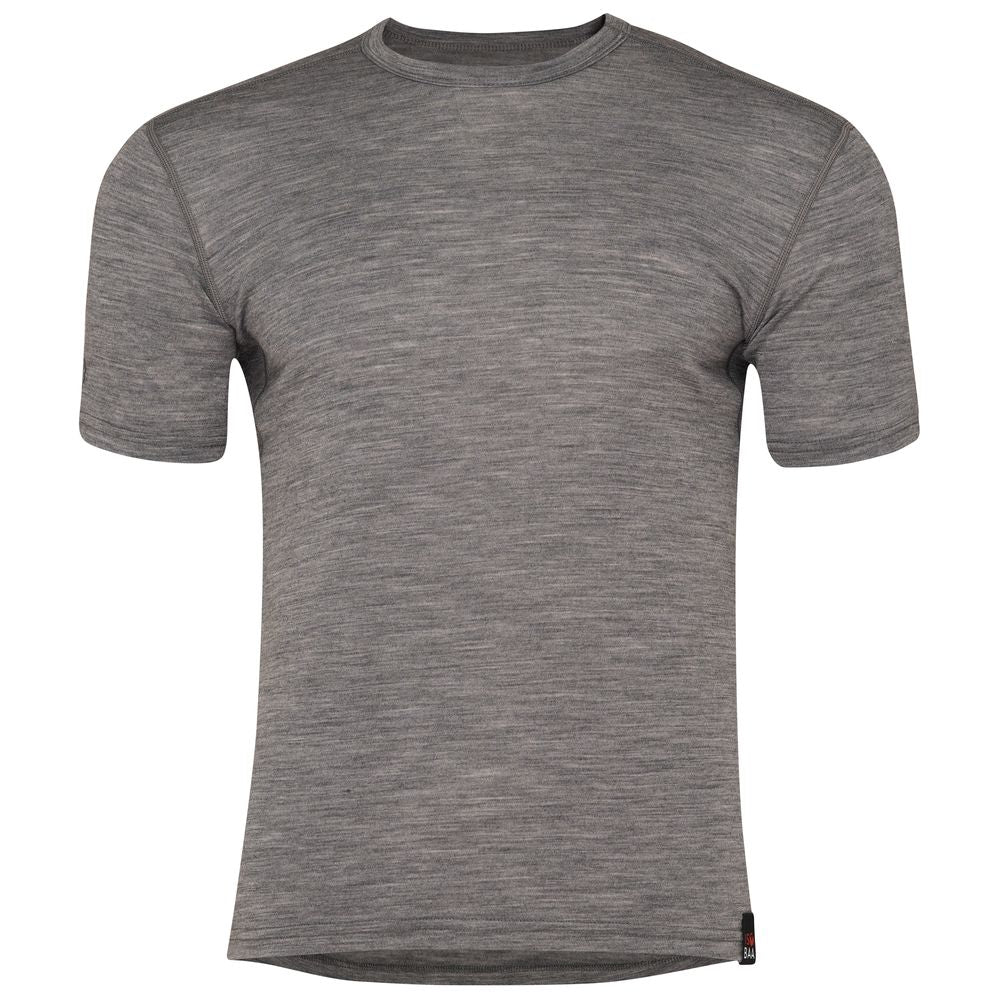

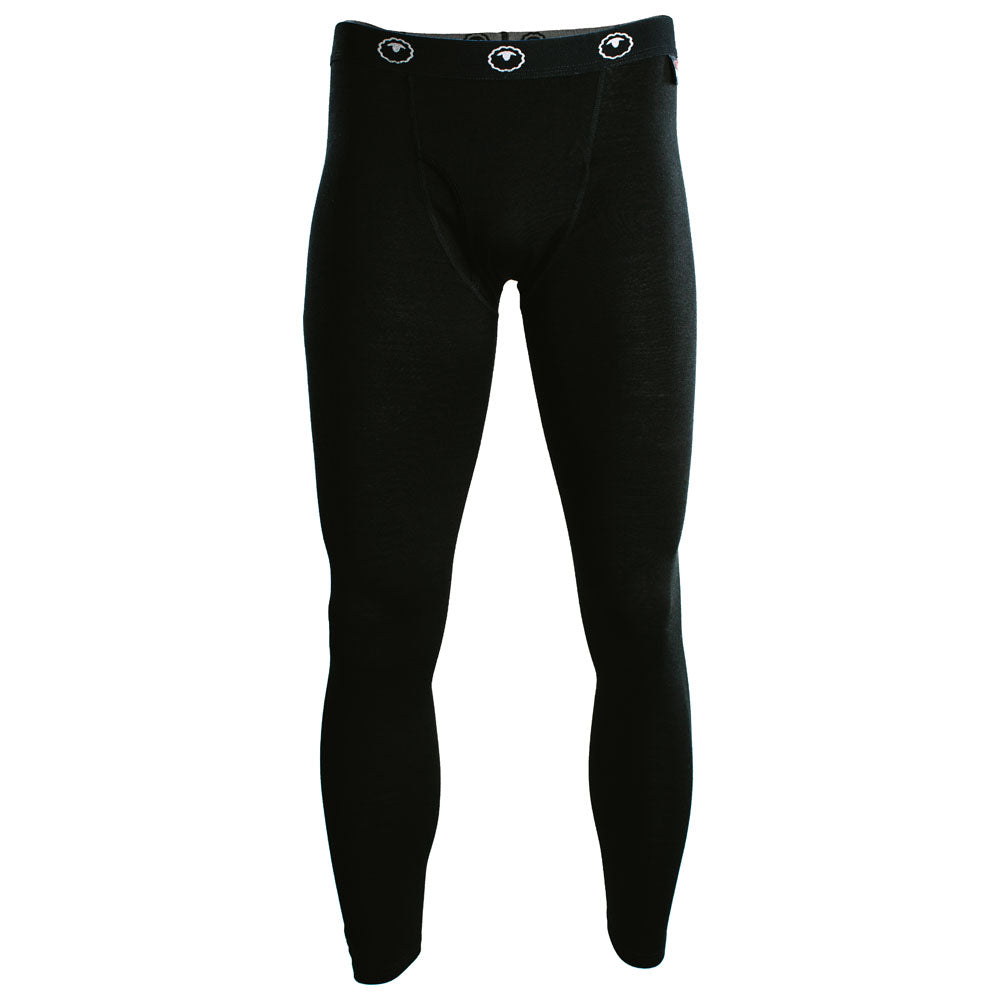

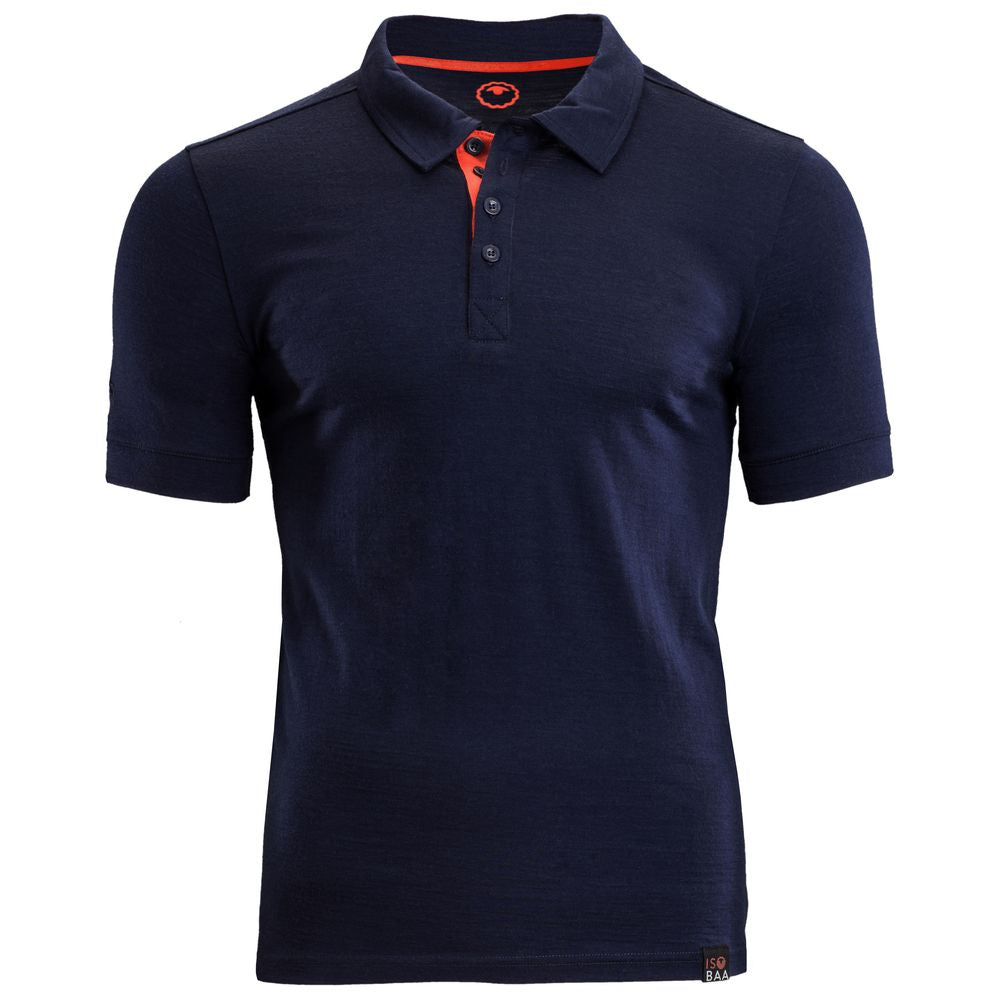

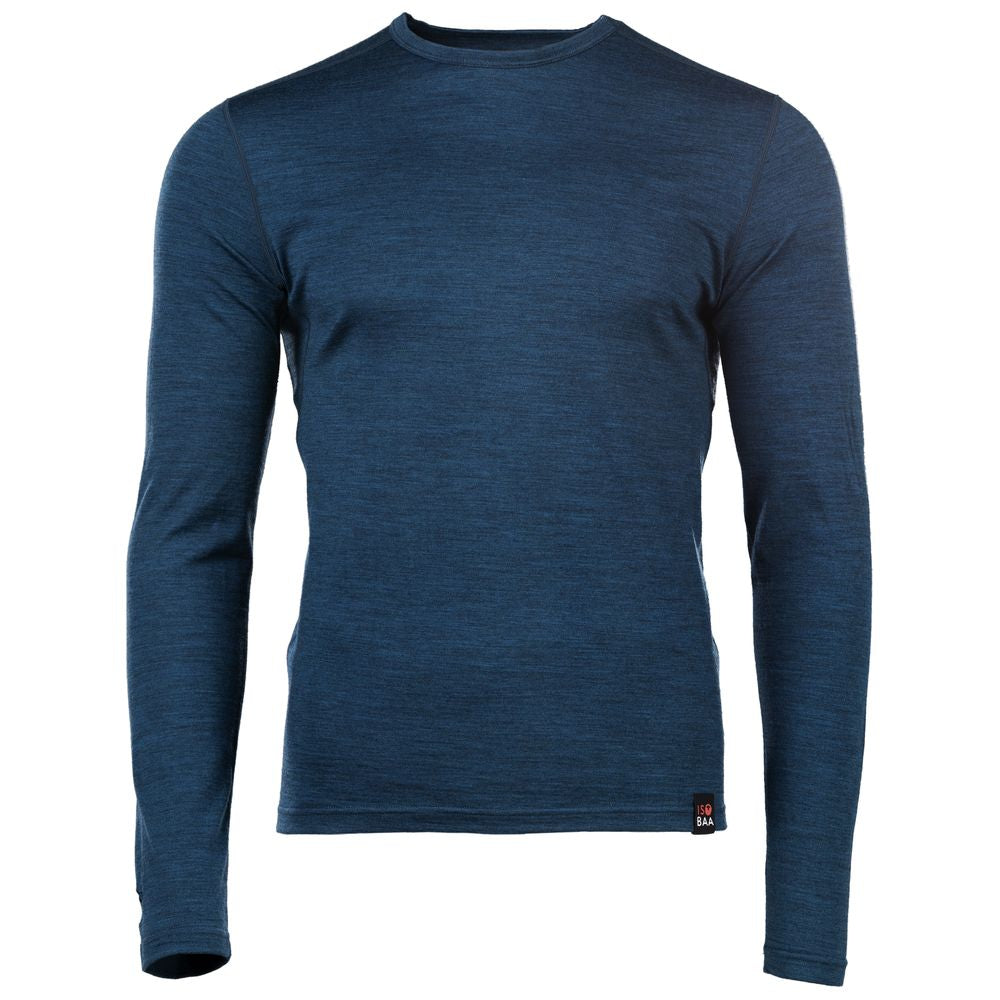

Leave a comment
This site is protected by hCaptcha and the hCaptcha Privacy Policy and Terms of Service apply.